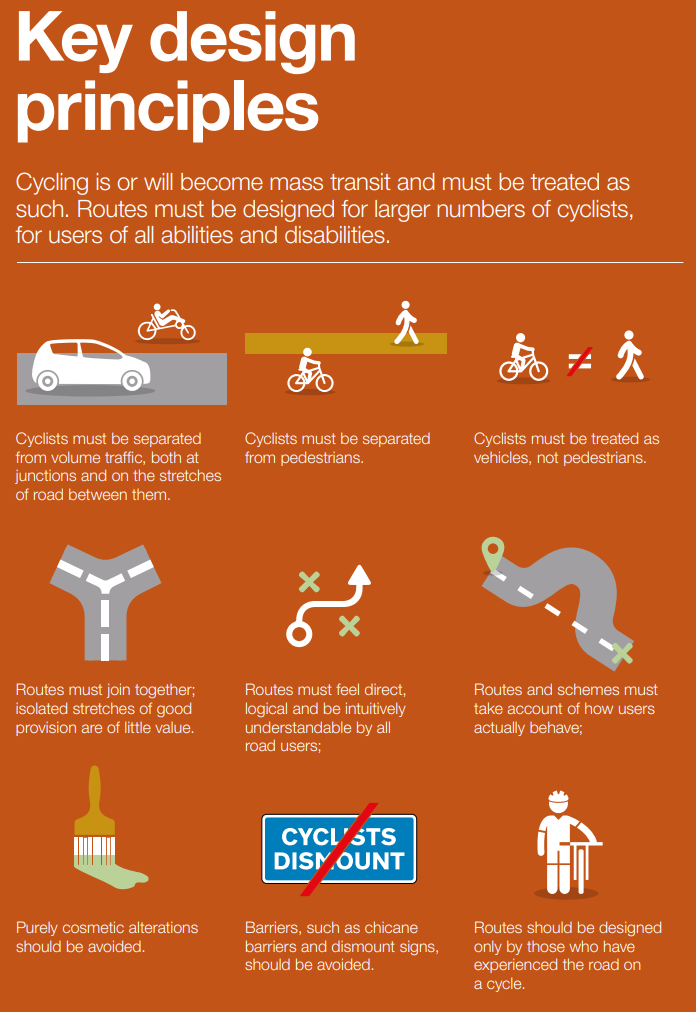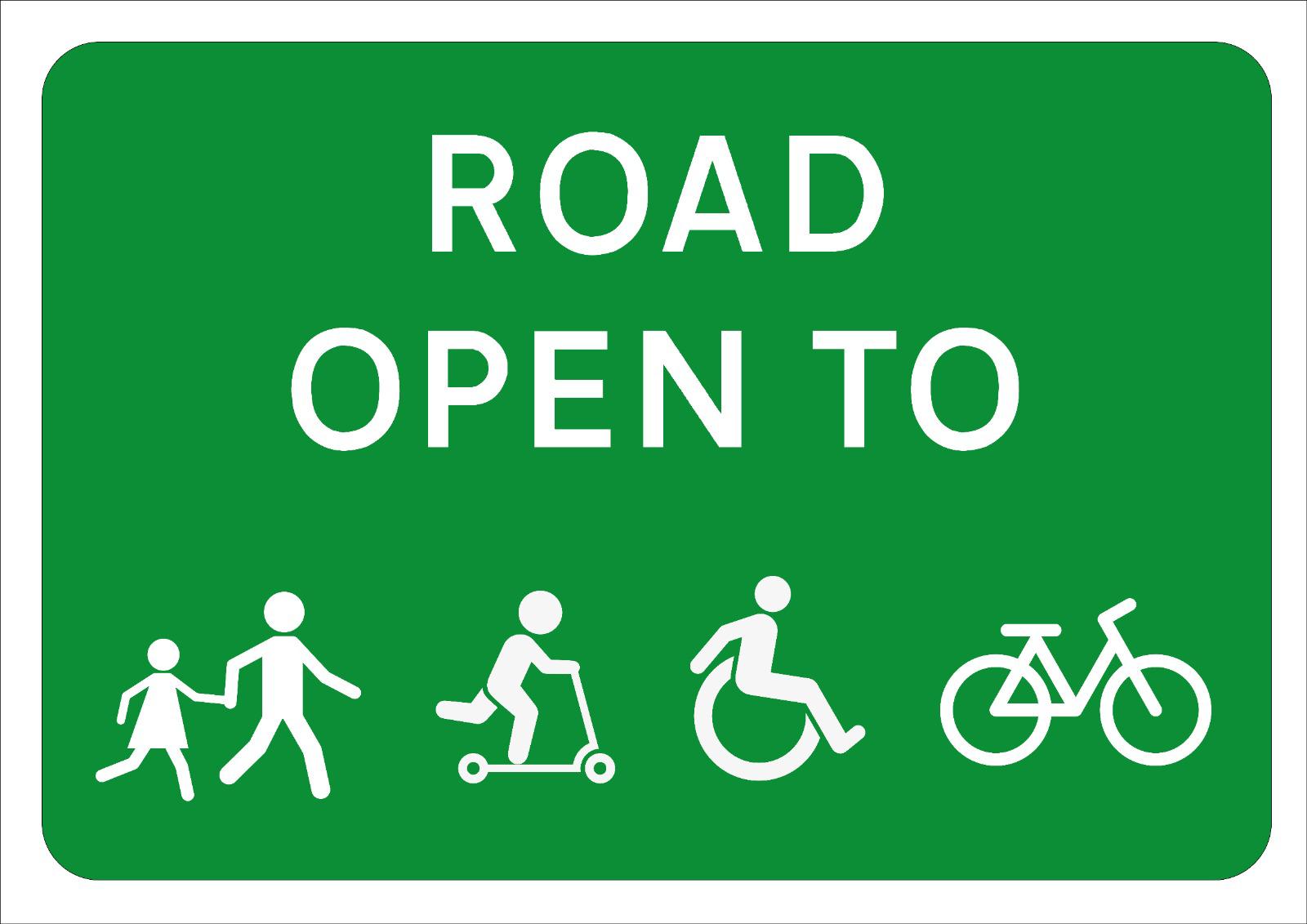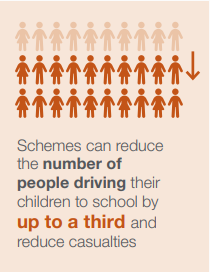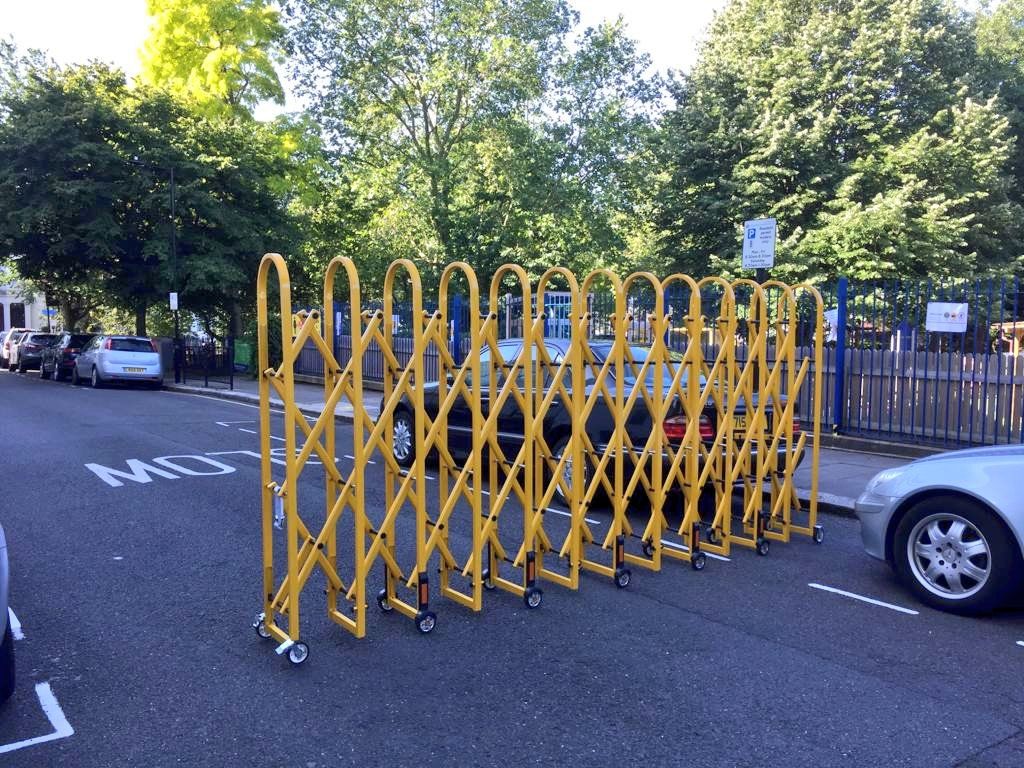What does the government’s ‘gear change’ mean for healthy streets?
This week the government published ‘Gear Change: A bold vision for cycling and walking’. On reading, it seems that 'bold' is right. This vision could mean a step change for our streets in favour of active travel, low traffic neighbourhoods and school streets - all in line with our four asks.
A boost for safe active travel
The announcement includes £2 billion direct investment in cycling and walking across England (a six-fold increase on previous investment) providing “thousands of miles of protected cycle routes in towns and cities”. This will be backed up by an Ofsted-like inspection body which will withhold funding from badly designed walking/cycling schemes and refuse to fund any highways programmes that do not cater adequately for active travel.
The Department for Transport's new cycle design principles start with this one:
"Cycle infrastructure should be accessible to everyone from 8 to 80 and beyond: it should be planned and designed for everyone. The opportunity to cycle in our towns and cities should be universal."

For Westminster, this should mean achieving our ask of a joined-up network of cycle routes that allow any age or ability to ride a bike safely across the borough. This is very welcome - how soon can it happen?
There is much less on the report about walking, but one welcome point is the change to the Highway Code clearly prioritising pedestrians crossing a side street over motor vehicles turning in or out. Campaigners have been calling for continental-style mini zebra crossings over every side road to make this priority clear to drivers, which should now become possible. And there's another boost for walking in the form of low traffic neighbourhoods.
Low traffic neighbourhoods

The report says:
“We will consult on creating a community right to close side streets and create low-traffic neighbourhoods, with groups of residential side streets able to petition local authorities for rat-run closures.”
This looks promising. A ‘community right’ to low traffic neighbourhoods is exactly what has been missing for decades of car-centric street design. Children, for instance, have lost the right to play outside, just so that drivers can cut a few corners on their commute. Communities have had no right to protect themselves from the rising tide of traffic, as quiet side streets have gradually turned into rat runs. Could this new policy could turn that tide around?
There’s been a huge spike in the appetite for low traffic neighbourhoods (LTNs) across London in the last few months, thanks to so many savouring the benefits of low traffic streets during lockdown, and the Department for Transport encouraging LTNs as emergency measures. They have proliferated, with 31 due to be installed across London by the end of September. We have urged Westminster City Council to follow suit, and we've seen a lot of interest in the idea from communities all over Westminster, from Soho to Belgravia - but no announcement for Westminster's first LTN yet. Meanwhile, there has been pushback in plenty of boroughs who are proposing them, and some councils have lost their nerve and dropped the plans.
So, perhaps this ability to ‘petition local authorities’ could make the introduction of LTNs easier and more routine. If closing rat runs is seen as a community right, and there’s an established way for communities to secure an LTN, it could be more like applying for a play street - and less like campaigning for years without seeing any results. There would still be opposition, no doubt, but it would perhaps create a more level playing field.
Meanwhile, as Westminster Healthy Streets, we are keen to inform and equip residents in any part of the borough to make the case for a low traffic neighbourhood where they live.
School streets

It’s heartening to see the concept of school streets – removing motor traffic from school streets at school run hours – championed in Gear Change. It makes the case for a dramatic drop in motor traffic on the school run as well as children’s safety. It also gives the schemes teeth: “We will enable effective enforcement of school streets outside London, by giving local authorities the powers in part 6 of the Traffic Management Act 2004.”

Westminster is making good headway with its school streets programme, and successfully bid for 10 temporary school streets under the first tranche of Emergency Active Travel funding from the Department of Transport. These schemes will use barriers put in place by staff like the 'turtle gate' above, but there are plans for many more permanent schemes using automatic signs and camera technology.
Let's hope that this increase in school streets continues until it's normal for streets to be safe outside all Westminster schools.